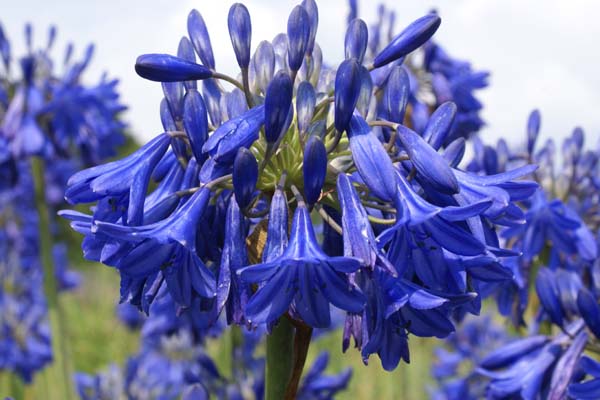Lemons are synonomous with the Mediterranean, but it wasn't always like that. It was not all that easy to find reliable information on the history of the lemon in the Mediterranean on the internet. I have read some of my gardening encyclopedias and hunted down
articles and it seems that lemons were not known in ancient Rome and Greece.
Theophrastus, Aristotle's successor and the first man to attempt to create a taxonomy of plants, doesn't describe lemons, but he does describe
citrons, a huge, thick-skinned fruit that was either revered or reviled. Lemons are not mentioned in the bible, either, but citrons are.
So the "lemon trees" that I found when I googled "lemon trees in ancient Roman frescoes" are probably citron trees, or even quince trees. Probably quince trees, actually. The picture below was taken in the
Villa of Livia in Rome, which was first built around the first century BC.
 |
| "Livia Prima Porta 08" by Miguel Hermoso Cuesta - Own work. Licensed under Creative Commons Attribution-Share Alike 3.0 via Wikimedia Commons |
Lemons were introduced to Europe by the muslims and were grown in Sicily by 1000AD. The ancients did, however, have vinegar and perhaps thats how they satisfied their taste for sour things.
A year or two ago I hard-pruned my lemon tree and this year I harvested a ridiculous number of lemons. Now to use them. This weekend I will make a joue de boeuf en daube provencale, beef stew with lemons. I made a honey and lemon mask this afternoon, which is supposed to lighten the skin and fight pimples. My pimple days are over but it tasted yummy and felt quite decadent.
I am going to make some
lemon marmalade and lemon infused olive oil. For the latter, just simmer the zest of one lemon in 3/4 olive oil for about 20 minutes, then strain the oil into a jar or bottle and store in the fridge for up to two weeks. The recipe is from a gorgeous site called
Souvlaki for the Soul and contains beautifully composed photos as well as great recipes. I will also make some preserved lemons, using a recipe by Claudia Rodin.
 |
The bright green branches start where the branches were pruned
|



















